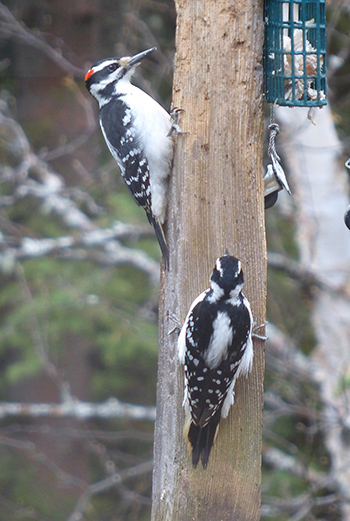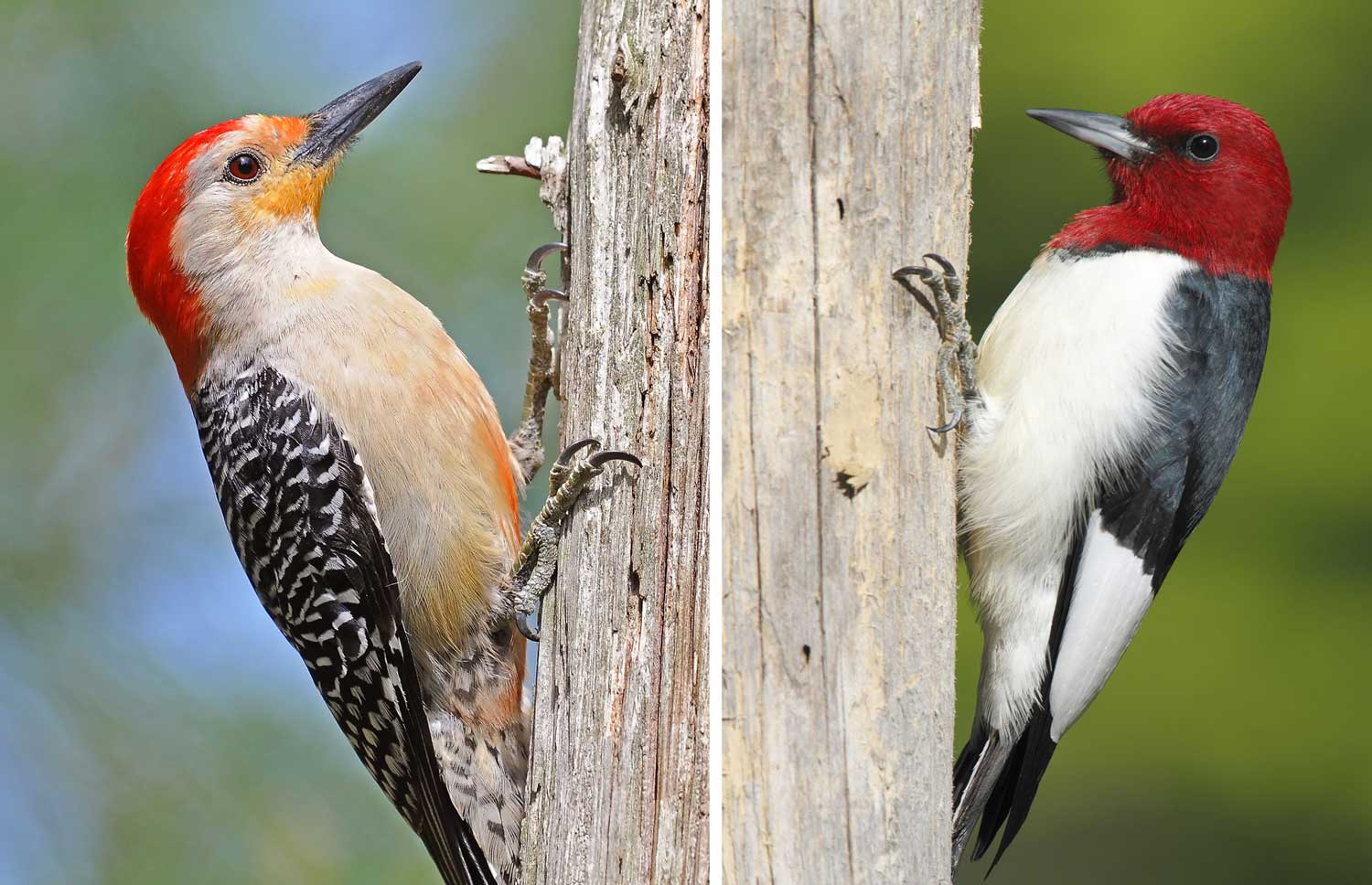Woodpeckers in Florida: Nature, Ecology, and Preservation
Woodpeckers in Florida: Nature, Ecology, and Preservation
Blog Article
Woodpeckers Unleashed: Exploring the Wonders of These Competent Tree Climbers
Woodpeckers, with their unique markings and rhythmic drumming echoing through wooded locations, hold an unique place in the bird globe. Their specialized anatomy and adjustments allow them to navigate vertical surfaces with unequaled ability. Their mastery of tree climbing is just one element of their remarkable actions. As we look into the elaborate details of woodpeckers' nesting practices, feeding techniques, and the continuous conservation initiatives to protect these amazing birds, a much deeper recognition for their location in nature unfolds.
Anatomy and Adaptations
When analyzing the anatomy and adaptations of woodpeckers, one can observe impressive functions that make it possible for these birds to prosper in their specialized ecological specific niche. In addition, woodpeckers have zygodactyl feet, with 2 toes dealing with forward and two facing backwards, offering a firm grasp on tree trunks while they search for food or drum for interaction.
Additionally, woodpeckers have a distinct tongue structure that is long, barbed, and sticky, allowing them to extract insects from gaps in wood. This specific adjustment permits woodpeckers to manipulate a food source that is inaccessible to many various other bird species. Overall, the makeup and adaptations of woodpeckers display the amazing transformative solutions that have allowed these birds to grow in their arboreal habitat.
Drumming Behavior
Having actually discovered the anatomy and adjustments of woodpeckers, the emphasis currently changes to recognizing their drumming habits, a distinct aspect of their communication and territorial screens. Drumming is an important form of interaction amongst woodpeckers, offering several functions such as establishing regions, bring in companions, and signaling alarm system. Each woodpecker types has a distinct drumming pattern that assists people acknowledge participants of their own varieties and distinguish them from rivals or predators.
Woodpeckers produce drumming noises by swiftly pecking on resonant surfaces such as dead trees, utility posts, and even metal items, creating a collection of balanced beats. The intensity and speed of drumming can vary based on the objective; for example, a quick drumming series might symbolize aggressiveness towards intruders, while a slower and softer drumming pattern might show courtship (Woodpeckers in Florida). Furthermore, woodpeckers may adjust the regularity and period of their drumming to communicate particular messages successfully
Nesting Habits
Exploring the nesting routines of woodpeckers discloses remarkable insights right into their reproductive actions and environment selections. Woodpeckers are known for their distinct nesting preferences, often excavating tooth cavities in trees to produce sheltered areas for raising their young. These dental caries serve not only as a nesting website however likewise as a safe haven from killers and stormy useful link climate.
Woodpeckers display a high degree of integrity to their nesting sites, commonly going back to the exact same place time after time. This actions highlights the importance of suitable environment schedule for their reproductive success. The selection of a nesting site is critical for woodpeckers, with elements such as tree varieties, height, and degeneration stage playing substantial duties in their decision-making procedure.
Remarkably, some woodpecker species are recognized to dig deep into numerous dental caries within their area, supplying themselves with alternate nesting options. This approach might work as a form of insurance coverage against possible hazards or disruptions to their main nesting site.

Feeding Techniques
One of the most distinctive feeding behaviors of woodpeckers is drumming, which entails quick pecking on trees to reveal bugs underneath the bark. Woodpeckers are likewise known to excavate dental caries in trees to accessibility surprise insect larvae or sap. Some species, like the acorn woodpecker, shop nuts in specifically produced holes called granaries.
Preservation Initiatives
In the middle of the complex feeding techniques exhibited by woodpeckers, the preservation efforts targeted at safeguarding these fascinating birds play a critical function in preserving their environments and populations. Woodpeckers face various risks to their survival, consisting of environment loss as a result of logging, climate change altering their ecological communities, and accidents with man-made frameworks such as buildings and lorries - Woodpeckers in Florida. Preservationists are proactively working to attend to these challenges and make certain the long-lasting well-being of woodpecker varieties

Education and learning and public awareness campaigns are additionally essential components of woodpecker conservation efforts. By elevating understanding regarding the relevance of these birds in maintaining healthy and balanced woodland environments, guardians can garner assistance for habitat conservation efforts and advertise responsible land monitoring practices. Via collective initiatives between scientists, policymakers, and regional areas, we can function together to safeguard a future where woodpeckers prosper in their natural environments.
Conclusion

Report this page